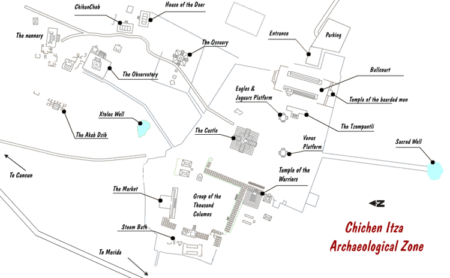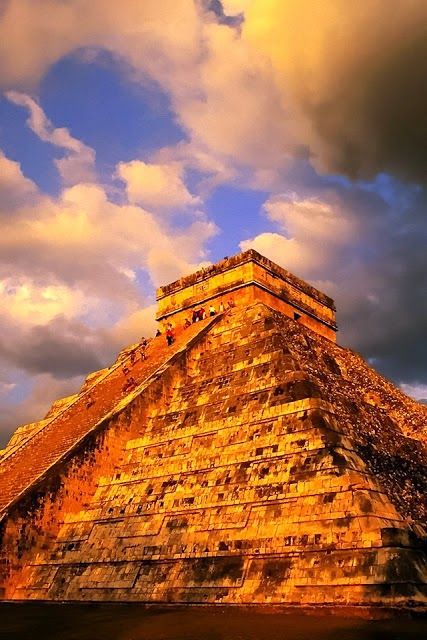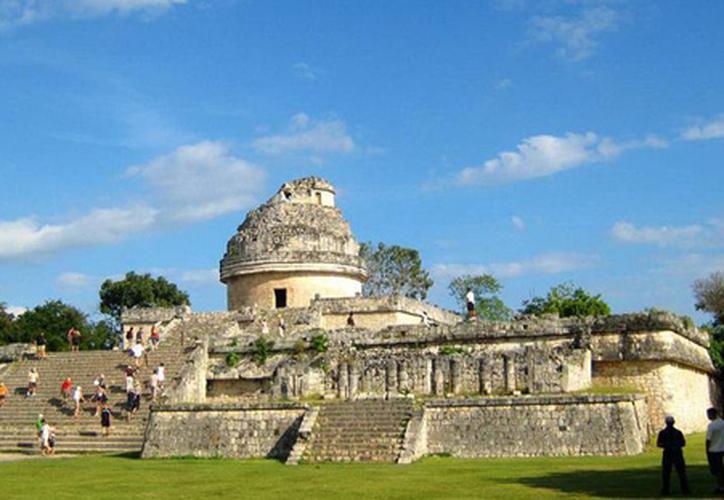Researchers want to know where they were brought from and why they were valuable to the culture…
MERIDA – The first studies that have been carried out on the dental pieces found in a Chultún (a type of well) at Chichén Itzá show that they do not belong to the inhabitants of the area. What would be interesting to know is why they were kept in that “container” and how important they were to preserve the remains of minors in that way.
“In the investigation of the children of Chichén Itzá Chultún, that is how they were named, the data found indicate that they have no family history in the area, because they do not share the characteristics of their teeth DNA with the inhabitants of the archeological zone and beyond the north of the Peninsula. They are individuals that come from elsewhere, and the objective is knowing where they were brought from and why they were children,” explained Alfonso Gallardo Velázquez, of the National Institute of Anthropology and History Center (INAH) in Yucatán.
The hypothesis of the origin of these remains of children indicates that they are from Petén area (Guatemala), but researchers have to prove it. They worked on the dental remains of 75 individuals.
During the Fourth Symposium of Mayan Culture Ichkaantijoo, this year with the theme “Evolution, Trade and Migration of the Mayan People: Aspects of their past and present”, the presentation “The Chultún Chichén individuals, through of dentistry and dental morphology studies”, was presented by Gallardo Velázquez, attached to the Physical Anthropology section, and independent researcher Martha Pimienta Merlín.
Gallardo Velázquez pointed out that Chultunes were used to collect water, but they also had other uses as reservoirs to store grains for food, and in the case of Chichén Itzá, they were also used to bury people.
The researcher recalled that this area was excavated in 1967 and that even now, 50 years after the recovery of those remains, there exists little information about them.
Source: www.sipse.com/milenio_novedades




